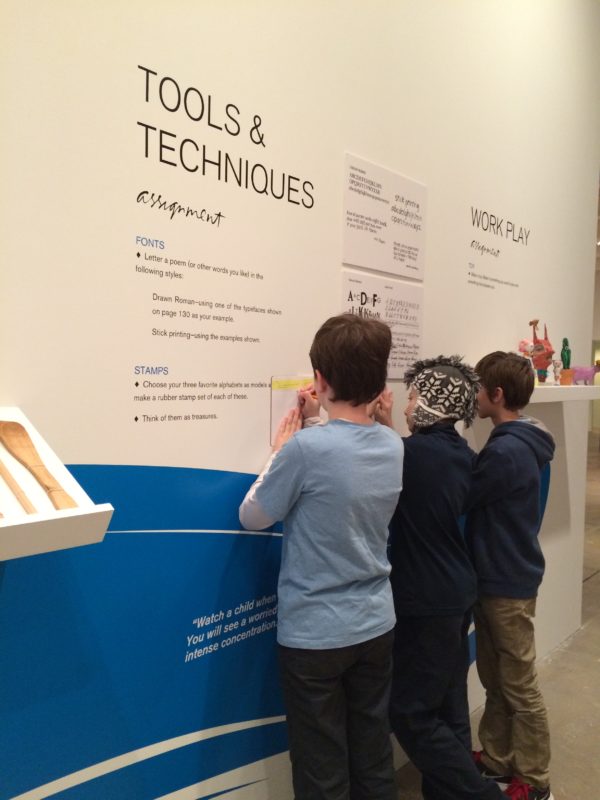Unit: Critical Response
Lesson 5: Writing a Critical Response
Materials
- Powerpoint:Critical Response (slides 17-22)
- Critical Response Assignment handout
- Students’ writings from the previous lessons
- Paper
- Pencils
Assessment
The following assessments can be used for this lesson using the downloadable assessment rubric.
- Aesthetics 1
- Aesthetics 2
- Aesthetics 3
- Communication 1
- Communication 2
- Communication 3
- Critical thinking 1
- Critical thinking 2
- Critical thinking 3
- Critical thinking 4
- Historical context 1
- Historical context 2
- Historical context 3
- Historical context 4


